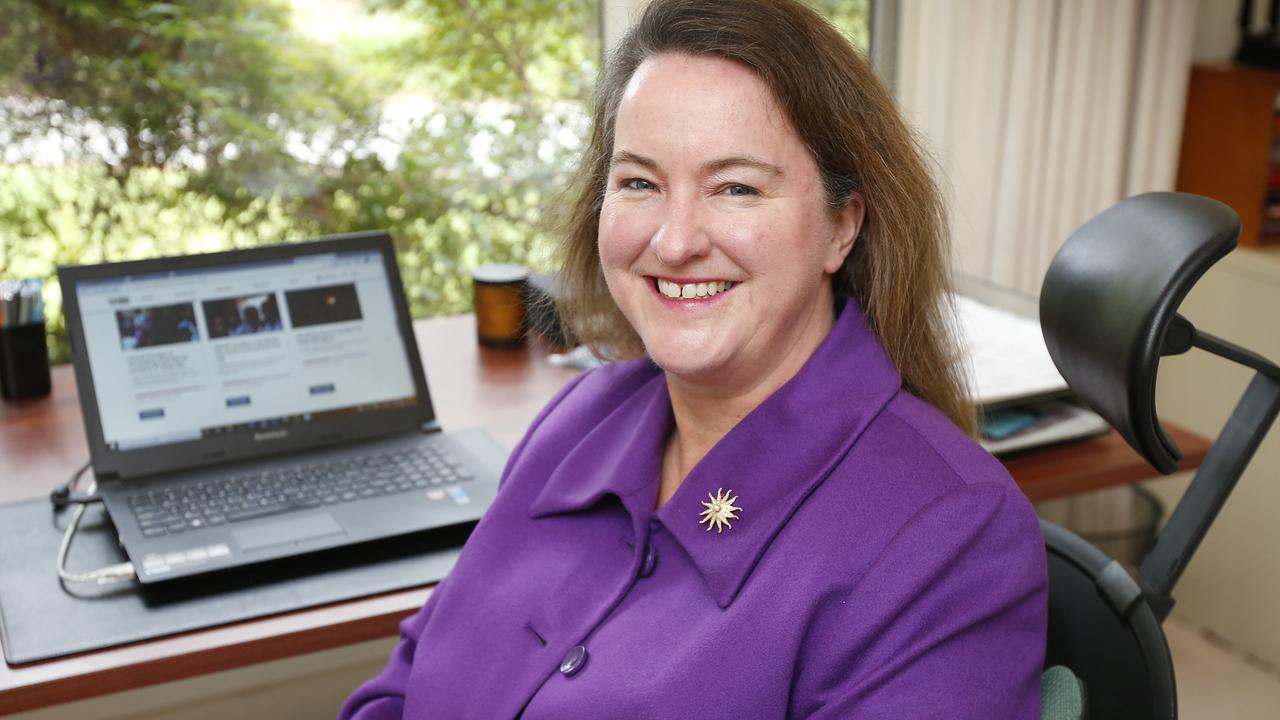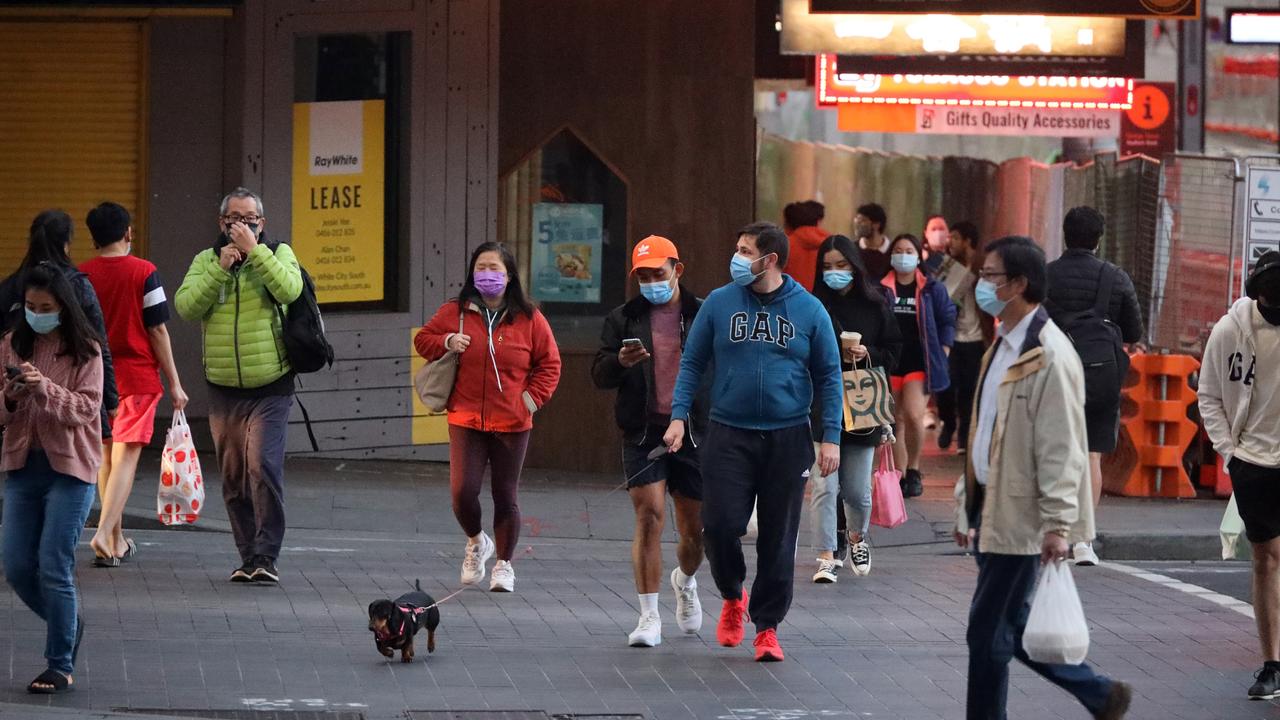Australia’s average full-time salary now above $90,000
New data has shown the average Aussie salary – but the figures have also shocked, showing that the gender pay gap has widened.
Australian’s average salary climbed above $90,000 for the first time, according to new figures released by the Australian Bureau of Statistics, but a leading economist has warned the data doesn’t show the true picture.
The date from May showed Aussie professionals working 38 hours a week are now earning $1737.10 a week.
It also showed a 1.4 per cent rise in the average salary, excluding bonuses and overtime, compared to last year bringing up the average salary to $90,329.
For those who were lucky to score extra money such as for overtime, the average salary rose to $93,496.
However, when the wages of both part-time and full-time workers were factored in, the average salary dropped to $67,902 or $1306 before tax.
But the data doesn’t truly reflect the real state of affairs, according to Peter Martin, visiting fellow at the Crawford School of Public Policy at Australian National University.
RELATED: Aussie staff to receive $200 for jab

Instead he said the figures were “bizarre” and came about as many low income earners lost their job in May last year meaning it pushed the average salary up much higher than it is in reality.
Wage growth has actually been “dire” in recent years, he said.
“It’s hard to see it getting back to the 3 per cent that was common from 1998 and until the time the Coalition got elected in 2013, and it’s just a coincidence but until then wage growth was nearly always between 3 and 4 per cent and then it went down and down,” he told news.com.au.
“During coincidentally the Abbott and Turnbull years, it got down as low as 2 per cent and now it’s shot down to around 1.5 per cent and now it’s just turning up a bit.”
Mr Martin said record savings by Aussies, which sit at close to 12 per cent for households, also impacts on wages.
People aren’t spending money, which makes it harder for companies to increase salaries as they can’t push up the prices of goods or services and pass some of this on to employees, he said.
“Employers are using means other than wage rises to attract staff … and for people who are in danger of leaving, they are using changed conditions like you can work from home or they will give you a sign-on bonus and that’s more effective in attracting or retaining staff and much cheaper than giving everyone a wage rise,” he said.
The compulsory increase to superannuation, which will hit 12 per cent by 2025, is also holding back wage increases, he added.
RELATED: Google slashes pay for staff who WFH

Will take 26 years to close gender pay gap
However, the new data delivered bad news for the national gender pay gap.
It showed men earn $261.50 per week more than women working full-time or a difference of 14.2 per cent, according to the Workplace Gender Equality Agency (WGEA).
Disturbingly, the gap has risen by 0.8 per cent over the last six months, meaning August 31 will mark 61 extra days from the end of the previous financial year that women, on average, must work to earn the same annual pay as men.
The rise in the national gender pay gap was largely driven by a higher growth in men’s full-time wages with a 1.8 per cent increase, double the rate compared to women.
The Australian Bureau of Statistics (ABS) highlights “the high average earnings growth in the construction industry, which has a high proportion of men” as an explanation for this, said WGEA.
On average, women working full-time earned $1575.50 a week while men working full-time earned $1837.00 in Australia.
The increase in the pay gap was concerning and served as a warning to ensure continued focus, effort and commitment to drive it back down again, said WGEA director Mary Wooldridge said.
She called for regular audits to close pay gaps faster.
“These audits help employers identify and address discriminatory pay, to ensure that women are equally compensated and valued,” she said.
“Closing the pay gap is about fairness. Our data shows women’s average full-time wages are lower than men’s across every industry and occupation in Australia. The gender pay gap signifies that the work of women is still not treated as being of equal value to that of men. As the 2021 WGEA research report reveals, the sobering reality is that, on current trends, it will take 26 years to close the total remuneration gender pay gap.”

Ms Wooldridge is also encouraging employees to become active advocates on the issue, including going to their website and seeing if their employer has done a pay gap audit and acted on its findings.
“Start a conversation with your colleagues and friends about the gender pay gap, what it means to you and to them and how you can help to close it,” she said.
NSW jobs hit by lockdown
The latest ABS jobs data shows state variations, driven by the latest Covid-19 lockdowns which have again divided how the economy is performing, according to KPMG.
There were 36,000 fewer people employed in NSW and it was the only state to have fewer people employed currently compared to pre-pandemic March 2020.
It was better news for the rest of the country with 16,000 more people employed in Victoria, 11,000 more employed in South Australia and 6000 more employed in Western Australia.
But again women were poorly impacted. While there were 22,000 more males employed, females were hard hit with 19,000 fewer in the workforce.

Jodie Patron, KPMG senior economist said the unemployment rate fell further, sitting at 4.6 per cent the lowest it has been for 13 years but the number of people in the labour market fell.
“Hours worked were the key problem, however, with NSW the problem area. The Sydney lockdown in July saw hours worked fall further, by 3.1 million hours. NSW hours fell by 7 per cent – more than offsetting the gain in hours across the rest of Australia,” she said.
But Harley Dale, chief economist at CreditorWatch, warned the monthly update is a lagging indicator of economic activity and data from August and September will be crucial, particularly as NSW faces being locked down until Christmas.
“In the meantime, CreditorWatch data is suggesting cracks are appearing, but also supports this employment update – there has been more resilience in the Australian economy in June and July than initially feared,” he said.




